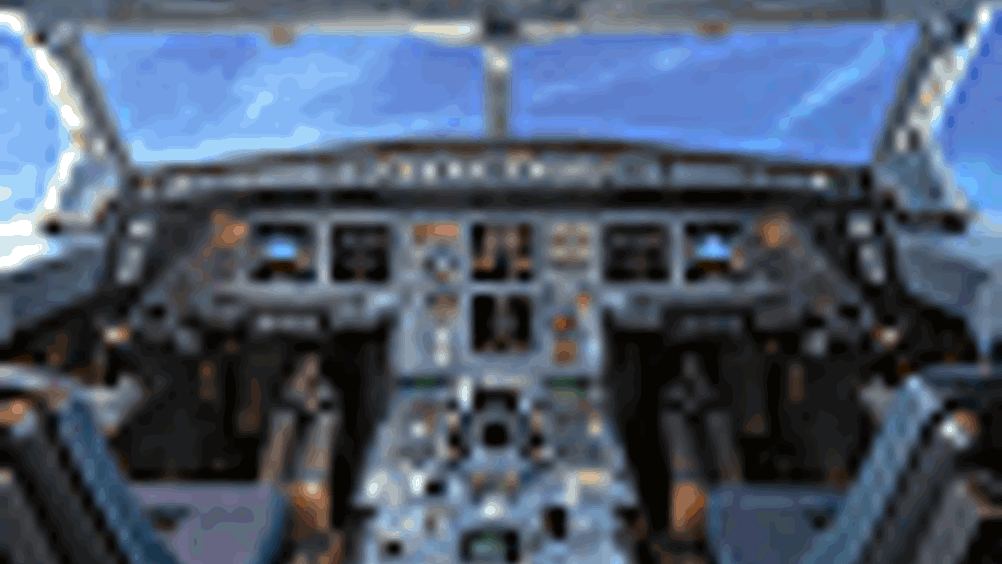Elevating the senses
Advances in electronics and computing have led to a new breed of aircraft sensors that are even more powerful than before, driving innovations in areas such as air safety. Colin Carter reports.

Sensors are becoming more commonplace every year. Each home has an array of sensors unthinkable 50 years ago and the rate of progress is mirrored in most industrial sectors. The cockpit of a Second World War aircraft now looks spartan compared with the banks of dials and indicators on modern aircraft.
The drive to reduce crew workload and enhance aircraft performance has been enabled by advances in electronics and computers. Sensors that used to drive directly analogue gauges monitored by pilots, or a flight engineer, are now interfaced to an automatic control or monitoring system, eliminating the need for a flight engineer.
The same type of sensor can be used in different areas. But according to Paul Capener of Smiths Aerospace: 'The pressure sensor associated with measuring barometric pressure, so that the aircraft's altitude can be established to within one or two feet, is completely different to those used for measuring hydraulic pressure (typically 200 to 350 bar) for flight control.'
Register now to continue reading
Thanks for visiting The Engineer. You’ve now reached your monthly limit of news stories. Register for free to unlock unlimited access to all of our news coverage, as well as premium content including opinion, in-depth features and special reports.
Benefits of registering
-
In-depth insights and coverage of key emerging trends
-
Unrestricted access to special reports throughout the year
-
Daily technology news delivered straight to your inbox










Water Sector Talent Exodus Could Cripple The Sector
Maybe if things are essential for the running of a country and we want to pay a fair price we should be running these utilities on a not for profit...